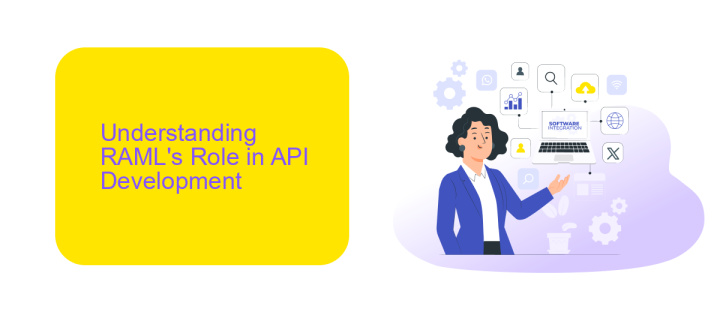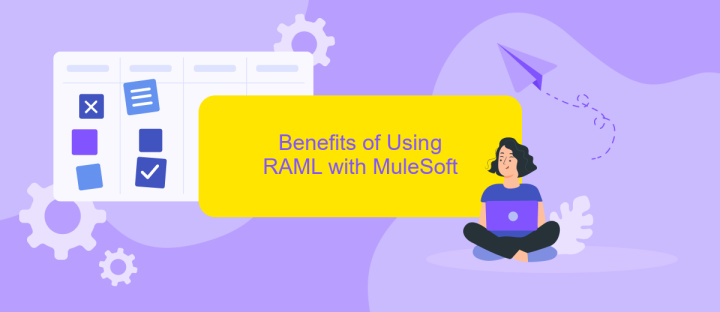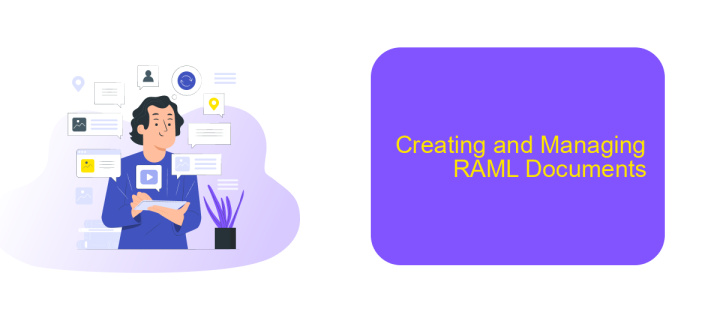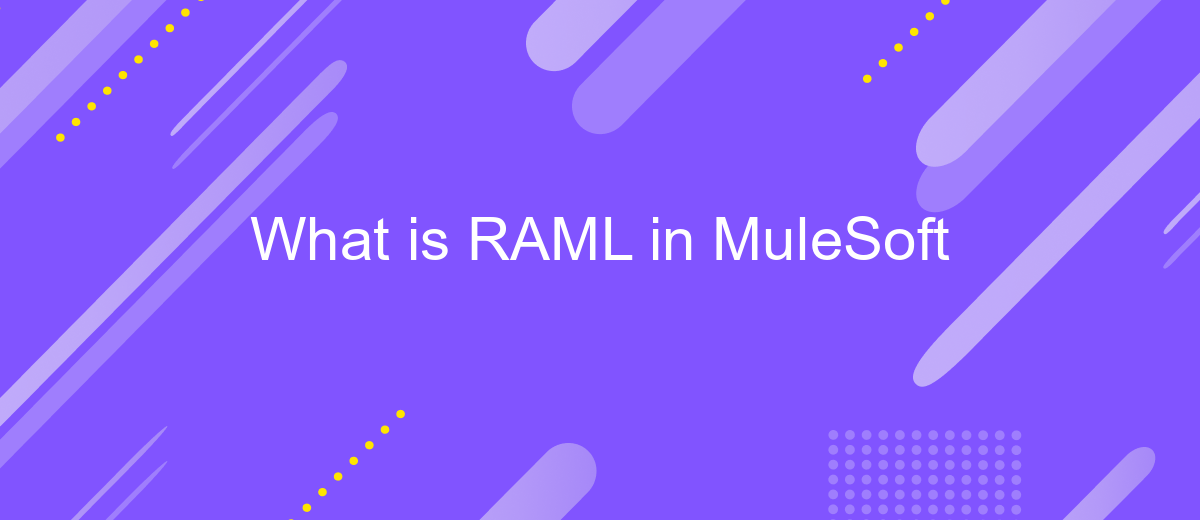What is RAML in MuleSoft
RAML (RESTful API Modeling Language) is a powerful tool in MuleSoft that simplifies the design, documentation, and consumption of APIs. By providing a clear, structured format for defining APIs, RAML enhances collaboration between developers and stakeholders, ensures consistency, and accelerates the development process. This article explores the key features and benefits of using RAML within the MuleSoft ecosystem.
Introduction to RAML
RAML (RESTful API Modeling Language) is a language designed to describe RESTful APIs. It provides a structured way to define your API's endpoints, methods, parameters, and responses in a human-readable format. RAML helps developers and organizations create a consistent and clear API documentation, ensuring that all stakeholders have a common understanding of the API's capabilities and usage.
- Defines endpoints and methods
- Specifies request and response formats
- Supports reusable components
- Facilitates API versioning
One of the key advantages of using RAML in MuleSoft is its ability to integrate seamlessly with various services and tools, such as ApiX-Drive. ApiX-Drive allows you to automate data transfer between different applications and services, enhancing your API's functionality and efficiency. By leveraging RAML, you can ensure that your API is well-documented and easy to integrate, making it simpler for developers to build and maintain robust integrations.
Understanding RAML's Role in API Development

RAML (RESTful API Modeling Language) is a critical component in API development within MuleSoft, providing a structured way to design and document APIs. It allows developers to define endpoints, request/response structures, and other API characteristics in a human-readable format. By using RAML, teams can ensure consistency and clarity across their APIs, making it easier for developers to understand and implement integrations. This structured approach simplifies the process of building and maintaining APIs, ultimately speeding up development cycles and reducing errors.
In the context of integration services, RAML plays a pivotal role. For example, tools like ApiX-Drive can leverage RAML definitions to automate and streamline the integration process. ApiX-Drive allows users to connect various applications and services effortlessly, using predefined API specifications. By integrating with RAML, ApiX-Drive can quickly map out how different systems should interact, ensuring seamless data flow and communication. This not only enhances productivity but also ensures that integrations are robust and scalable, meeting the evolving needs of businesses.
Benefits of Using RAML with MuleSoft

Integrating RAML with MuleSoft offers numerous advantages, enhancing the efficiency and effectiveness of API development and management. RAML provides a clear structure for defining APIs, making it easier for developers to understand and work with them. This structured approach leads to more consistent and maintainable code.
- Standardization: RAML ensures that APIs are designed in a standardized manner, promoting uniformity across different projects and teams.
- Scalability: With RAML, APIs can be easily scaled and modified to meet growing business needs without extensive rework.
- Documentation: RAML automatically generates comprehensive API documentation, which is crucial for developers and stakeholders to understand API functionalities.
- Integration: Tools like ApiX-Drive facilitate seamless integration with various services, enhancing the overall functionality and connectivity of APIs.
- Efficiency: RAML's clear structure reduces development time and effort, allowing teams to focus on building more advanced features.
By leveraging RAML with MuleSoft, organizations can streamline their API development processes, ensuring robust and scalable solutions. The integration capabilities provided by services like ApiX-Drive further enhance the potential of APIs, making it easier to connect disparate systems and automate workflows effectively.
Creating and Managing RAML Documents

Creating and managing RAML documents in MuleSoft involves defining your API specifications in a structured and organized manner. RAML, or RESTful API Modeling Language, is a powerful tool that helps in this process by providing a clear and concise way to describe your API endpoints, methods, and data structures. By using RAML, developers can ensure consistency and clarity in their API documentation.
To start creating a RAML document, you need to define the base structure, including the base URI, version, and title of your API. Next, you can specify the resources and methods, such as GET, POST, PUT, and DELETE, along with the corresponding request and response details. This structured approach allows for easy maintenance and updates to the API documentation.
- Define the base URI and version of the API
- Specify resources and methods
- Detail request and response formats
- Include examples and data types
Managing RAML documents also involves utilizing tools and services that streamline the process. ApiX-Drive is one such service that can assist in integrating and synchronizing your API documentation with various platforms. By leveraging ApiX-Drive, you can automate updates and ensure your API documentation remains accurate and up-to-date, saving time and reducing the potential for errors.
Integrating RAML with MuleSoft APIs
Integrating RAML with MuleSoft APIs is a seamless process that enhances the capability of your API ecosystem. RAML (RESTful API Modeling Language) provides a structured way to define your APIs, making them more readable and easier to maintain. By leveraging MuleSoft's Anypoint Platform, you can import RAML files directly into your API projects, enabling rapid development and deployment. This integration not only streamlines the API lifecycle but also ensures that your APIs adhere to predefined standards, improving overall efficiency and reducing errors.
For those looking to automate and further simplify their API integrations, services like ApiX-Drive can be invaluable. ApiX-Drive offers a user-friendly interface for setting up and managing integrations between various applications and APIs without requiring extensive coding knowledge. By incorporating ApiX-Drive into your MuleSoft and RAML workflow, you can automate repetitive tasks, synchronize data across platforms, and ensure that your API integrations are always up-to-date. This combination of tools significantly enhances productivity, allowing you to focus on developing robust APIs that meet your business needs.
- Automate the work of an online store or landing
- Empower through integration
- Don't spend money on programmers and integrators
- Save time by automating routine tasks
FAQ
What is RAML in MuleSoft?
Why is RAML important for API development in MuleSoft?
How does RAML improve collaboration between teams?
Can I use RAML with other tools besides MuleSoft?
How can I automate API integration using RAML?
Time is the most valuable resource in today's business realities. By eliminating the routine from work processes, you will get more opportunities to implement the most daring plans and ideas. Choose – you can continue to waste time, money and nerves on inefficient solutions, or you can use ApiX-Drive, automating work processes and achieving results with minimal investment of money, effort and human resources.


